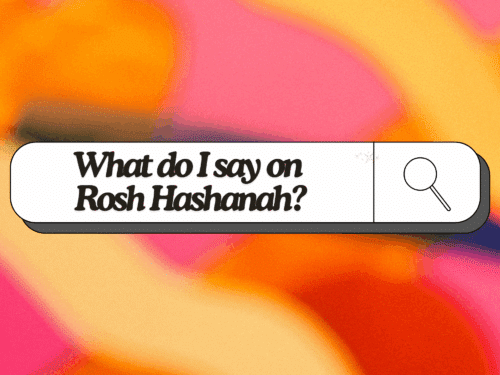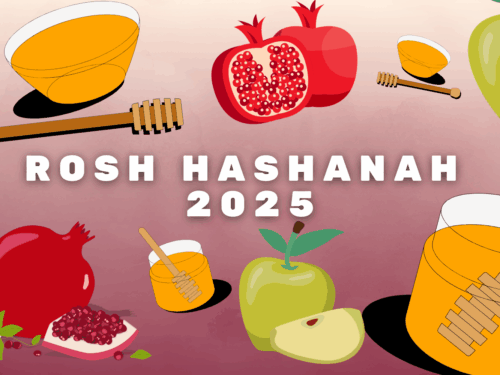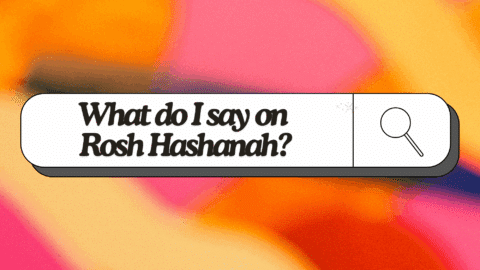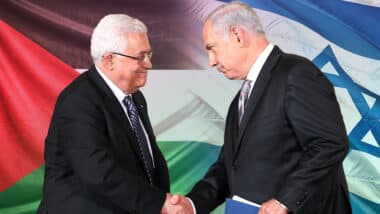
On Sept. 1, readers in more than 50 countries were meant to wake up to a media spectacle. A leaked strategic document revealed plans for a coordinated international campaign aimed at pressuring news outlets into publishing synchronized anti-Israel coverage. According to the materials, the effort sought to depict Israel as deliberately targeting journalists in Gaza and suppressing press freedom.
The campaign, reportedly organized by Reporters Without Borders (RSF) in partnership with the advocacy group Avaaz, was set to involve roughly 150 media outlets across five continents. Organizers described it as a “world-first” newsroom action, unprecedented in its scale and coordination.
According to the Hamas-linked Palestinian Information Center, participating signatories included Al Jazeera, The Independent, +972 Magazine, Local Call, The Intercept, Mediapart, L’Humanité, Forbidden Stories, il Fatto Quotidiano, El País, RTVE, Daraj, Mada Masr, Le Desk, and L’Orient-Le Jour in Lebanon. Outlets from Europe, Latin America, Africa, and Asia were also named.
The leaked documents suggested that participating media organizations were provided with pre-written articles, standardized infographics, coordinated hashtags, and a strict publishing schedule to ensure simultaneous release across multiple global time zones. Critics argue that this kind of orchestrated messaging blurs the line between advocacy and journalism, undermining the independence of the press and raising questions about transparency and credibility.

A coordinated attack
The campaign manual, titled Global Media Join Forces in a World-First for Press Freedom in Gaza, instructed outlets to carry a stark, unified message: “At the rate journalists are being killed in Gaza by the Israeli army, there will soon be no one left to keep you informed.”
Detailed guidelines were provided for different platforms. Print newspapers were told to devote their front pages — partially or in full — to a blacked-out design featuring the campaign message. Online publications were directed to display prominent black banners that linked to an RSF press release. Broadcasters received prepared scripts to be delivered over black screens or accompanied by metronome sounds, creating a uniform audio-visual effect across global networks.
Campaign materials were prepared in 10 languages — English, Arabic, Hebrew, French, German, Spanish, Portuguese, Italian, Japanese, and Chinese — to read audiences worldwide.
Debates over the media campaign’s facts
The campaign’s central claim that “at least 210 journalists have been killed by the Israeli military” has been disputed by military intelligence sources and independent investigations. Analysts note that some of those labeled as journalists were also identified as operatives for terror organizations. Al Jazeera reporter Anas al-Sharif, killed in an Israeli airstrike earlier this month, was identified by the Israel Defense Forces as a Hamas operative. Similarly, Abdullah Al-Jamal, a contributor to the Palestine Chronicle, was a Hamas member who held three Israeli hostages in his home following the Oct. 7 attacks.
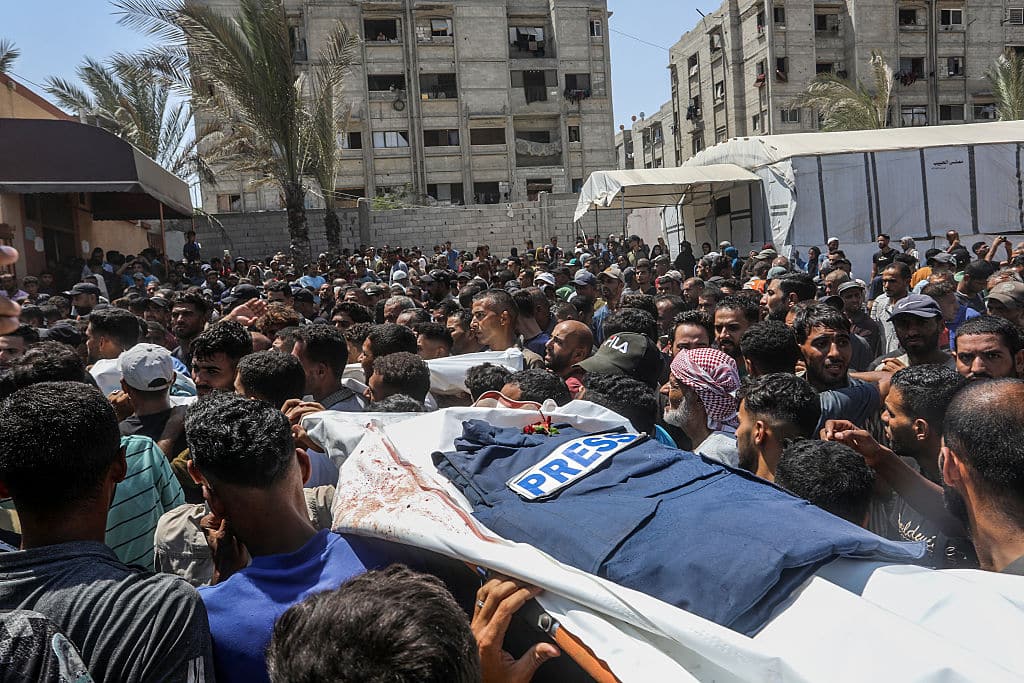
Writing in The Wall Street Journal on Aug. 21, journalist James Kirchick noted that nearly half of the names on the Committee to Protect Journalists’ (CPJ) casualty list were employed by outlets directly tied to terror organizations. These included Al-Aqsa TV, Al-Quds Al-Youm, and Palestine Today, all linked to Hamas or Palestinian Islamic Jihad. Additional names worked for Al Mayadeen or Al-Manar, affiliated with or owned by Hezbollah.
“Not counting those the IDF has accused of being terrorists themselves — including Sharif — nearly half the people on the committee’s list worked for media owned by or affiliated with terrorist organizations,” Kirchick wrote.
The campaign also alleges that Israel’s restrictions on journalist access in Gaza are “without precedent in modern warfare.” That claim is contradicted by past examples. During the 2004 U.S. assault on Fallujah, United States forces barred independent reporters from the battlefield. Throughout the wars in Afghanistan and Iraq, U.S. and NATO forces relied on embedded systems that significantly restricted press freedom of movement.
International Humanitarian Law grants commanders the authority to restrict journalist access when their presence risks compromising operational security or endangering civilians. The revelations from the leaked documents raise deeper questions over the independence of participating outlets and the use of coordinated campaigns to influence global public opinion. Critics argue that by agreeing to publish pre-written scripts and messages, RSF, Avaaz, and the outlets signed on to participate shattered any line between journalism and advocacy.



